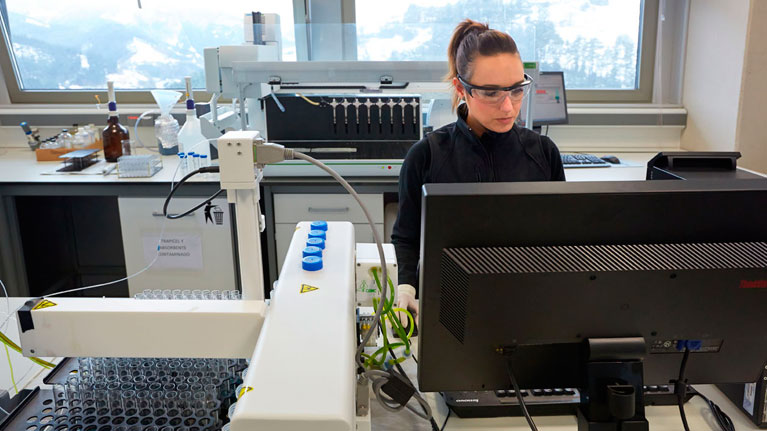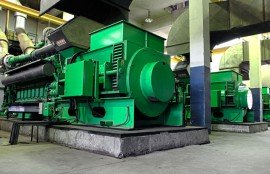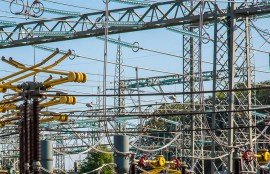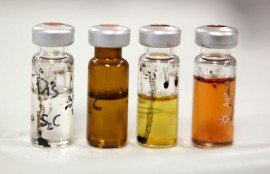
The problems of thermal stability and the operating conditions (work cycles, daily shutdowns) to which the HTF fluid is subjected in solar thermal power plants make it necessary to monitor the condition of the fluid, at least in the following situations:
- Installation of new systems
- Systems that have been cleaned
- Systems to which new fluid has been added (filling up)
- Every year in systems that work at the working temperature limits
- Every three years in systems that work 30ºC below the maximum
- When some kind of problem has been detected
Similarly, it is advisable to carry out a monthly analysis of the fluid during the first year to observe any trends and verify that everything is working correctly in the plant. Then set the analysis intervals according to the interpretation of the data gathered in the analysis prior (condition monitoring).
Good monitoring of the condition of the fluid helps avoid problems such as the following:
- Inadequate heating/cooling
- Poor functioning and high operating costs
- System obstructed/contaminated, damaged components
- Low productivity due to unforeseen shutdowns
- Unplanned cleaning and maintenance costs
- Higher than normal fluid requirements
- Premature fluid changes and high price for its replacement
A good program of HTF fluid analysis at high temperatures must focus on monitoring the level of deterioration of the fluid and incorporate a suitable analysis schedule, including at least the following analyses:
- Content of compounds with a high/low boiling point (high/low boilers)
- Viscosity 40 ºC
- Acidity
- Moisture per K. F.
- Insolubles in acetone/pentane
Depending on the results obtained, it is interesting to perform complementary analyses to determine what is happening:
- pH
- Precipitate or filtrable material
- Particle content
- Fire point
- H2 or other gases
The following table shows the recommended values for the various parameters of an HTF fluid at high temperatures.
| Test | Recommended range | Limit |
|---|---|---|
| Content of “Low Boilers” (ASTM D 2887) | 0% | <1% |
| Content of “High Boilers” (ASTM D 2887) | 0-10% | <10% |
| Waste | 0% | <1% |
| Insolubles (ASTM D 893) | 0.5 g/l | |
| Water (ASTM D 1744) | 0-400 ppm | <400 ppm |
| Neutralisation number (ASTM D 974) | + 0.3 mg KOH/g sample | |
| Inflammation point V/C (ASTM D 93) | 10 ºC | |
| Kinematic viscosity at 40 ºC (ASTM D 445) | ± 10% | |
| Kinematic viscosity at 100 ºC (ASTM D 445) | ± 10% | |
| pH (extraction in water) | 5-8 | 5-8 |
Table. Recommended values and limit values for an HTF fluid in use at high temperatures.







